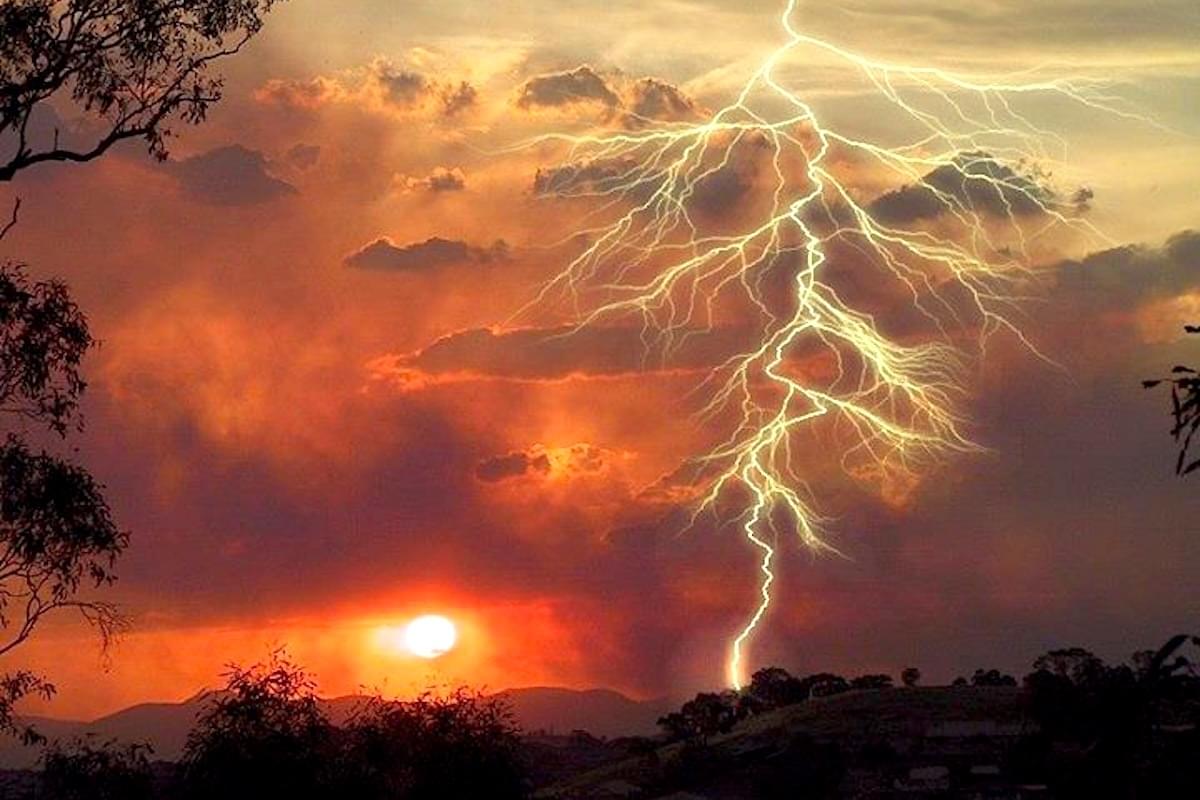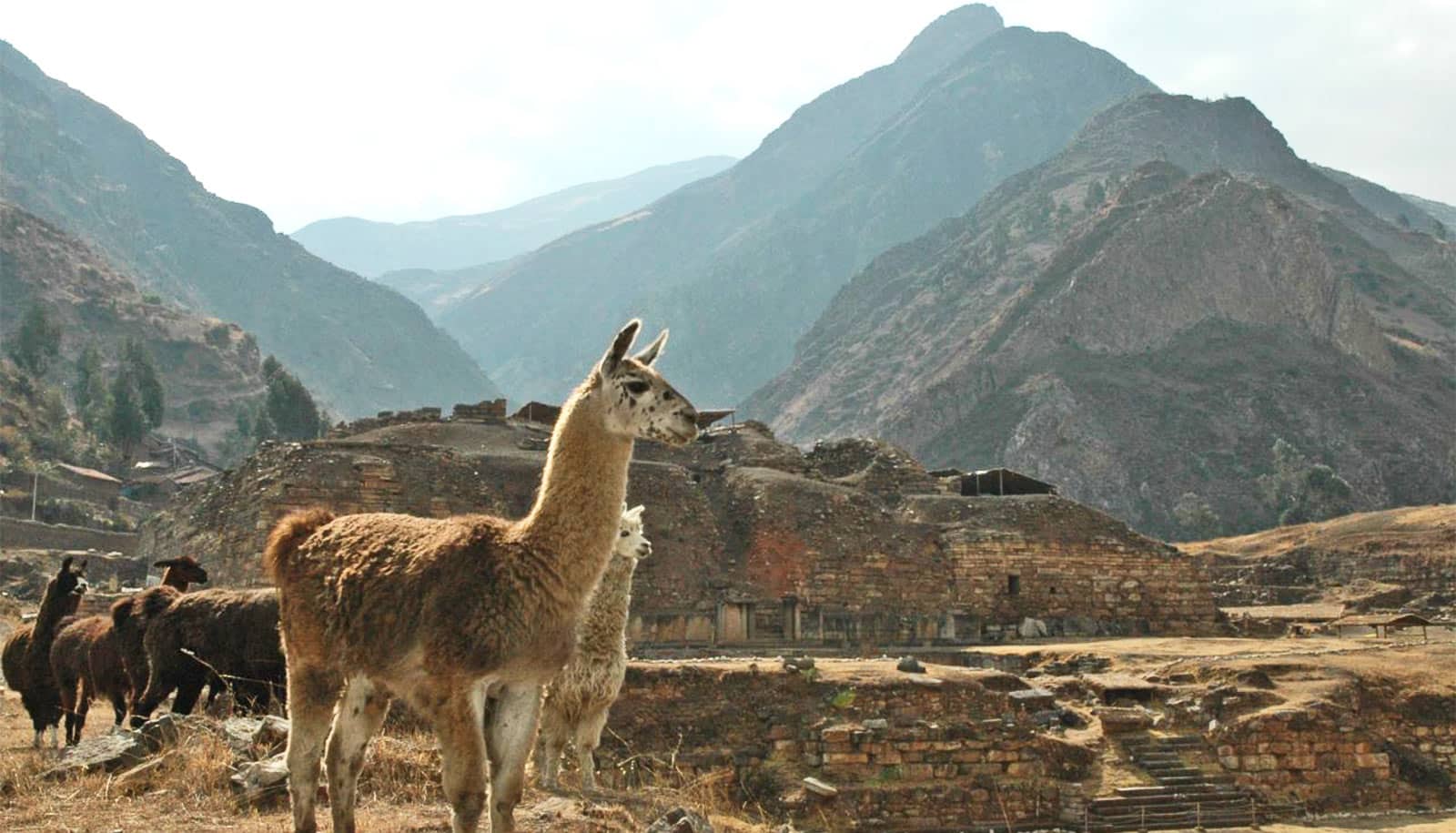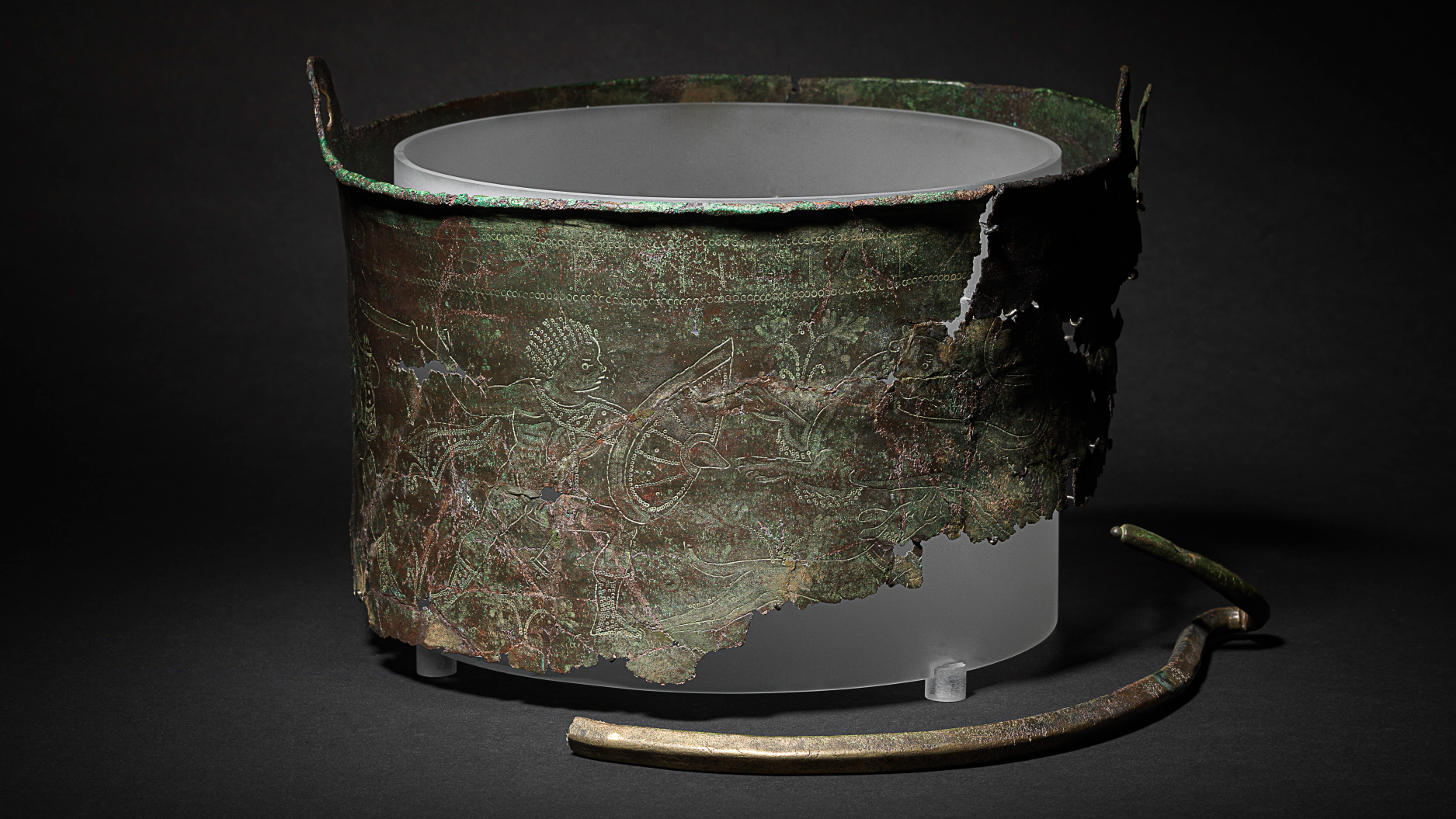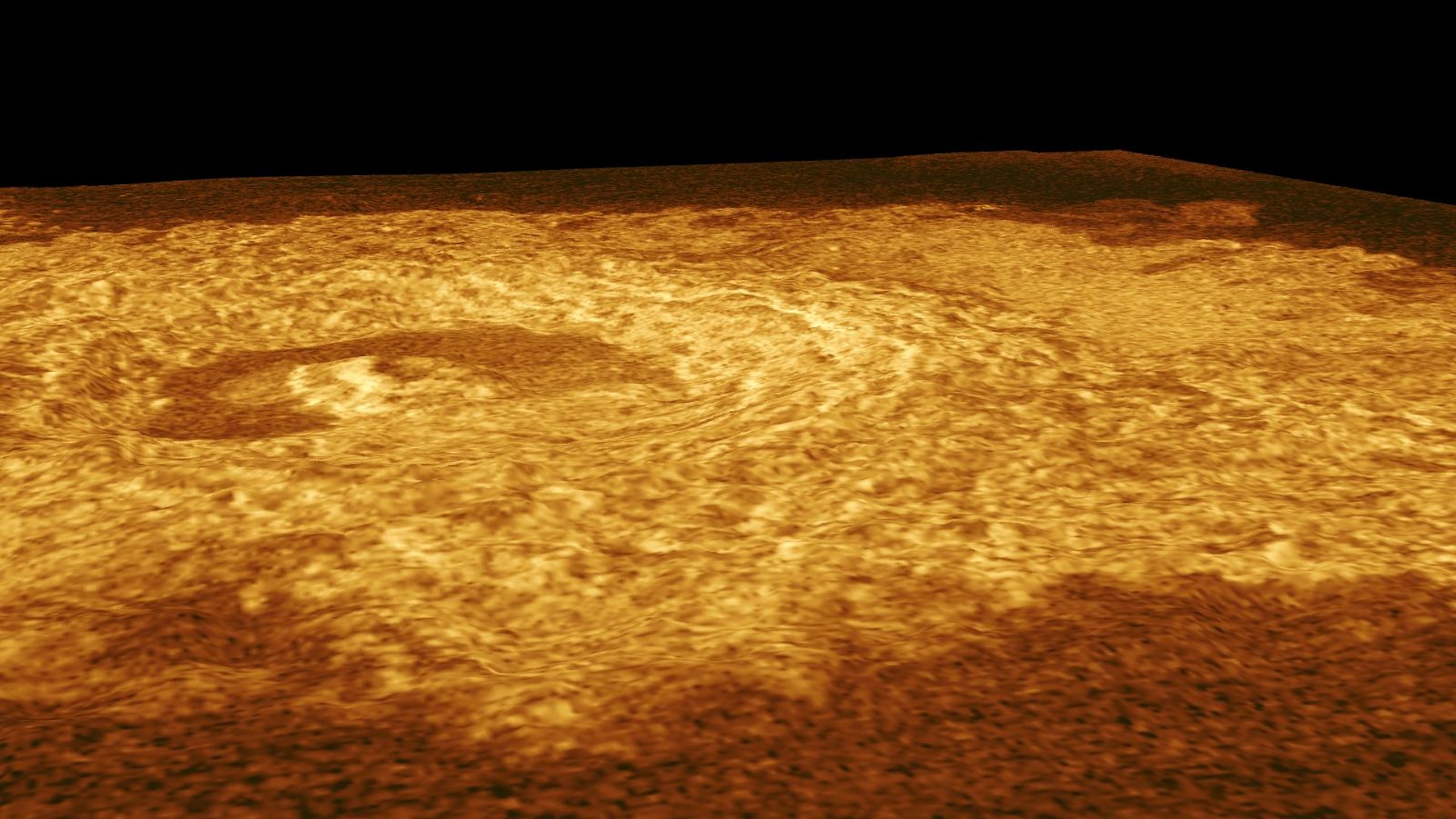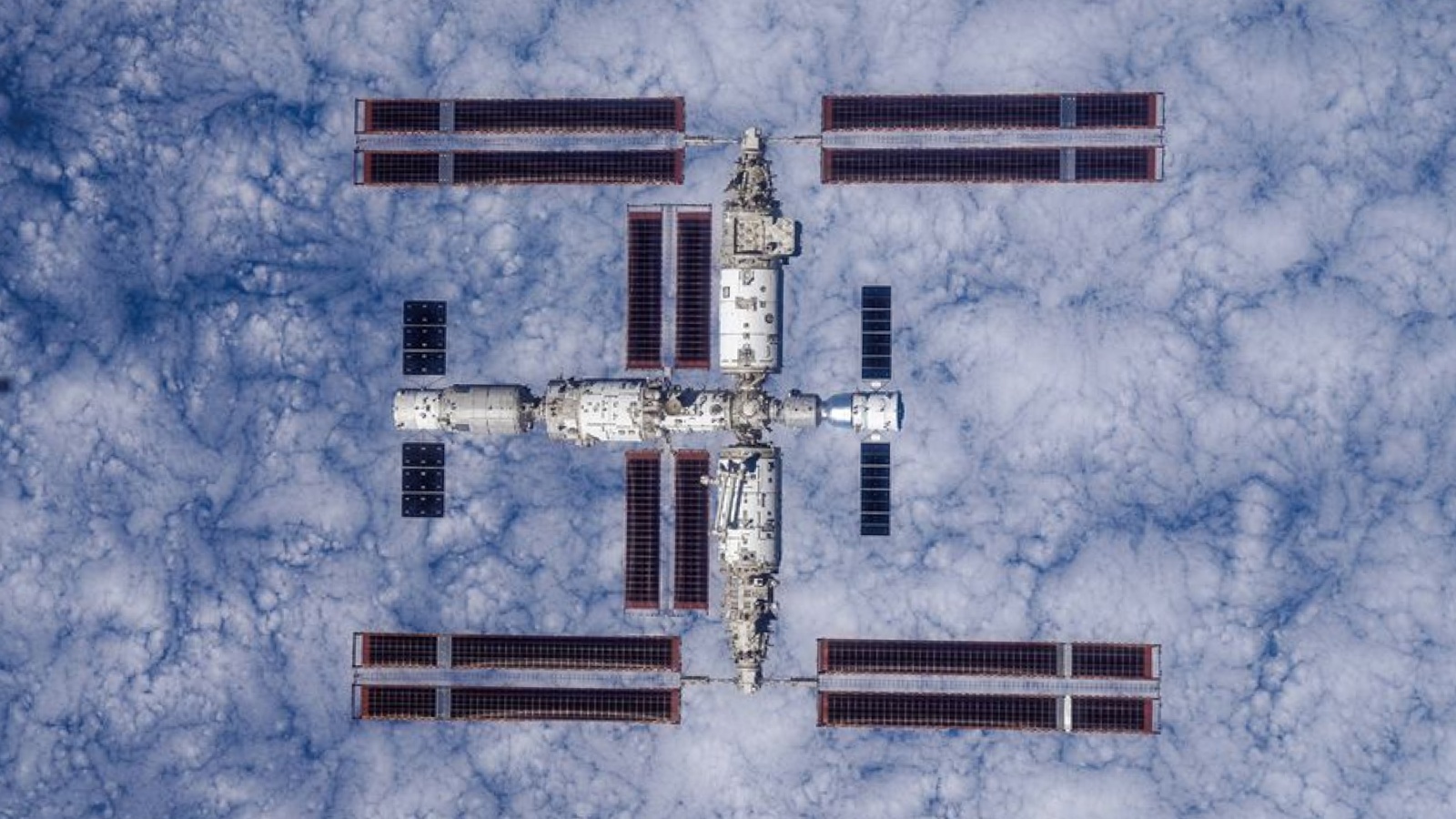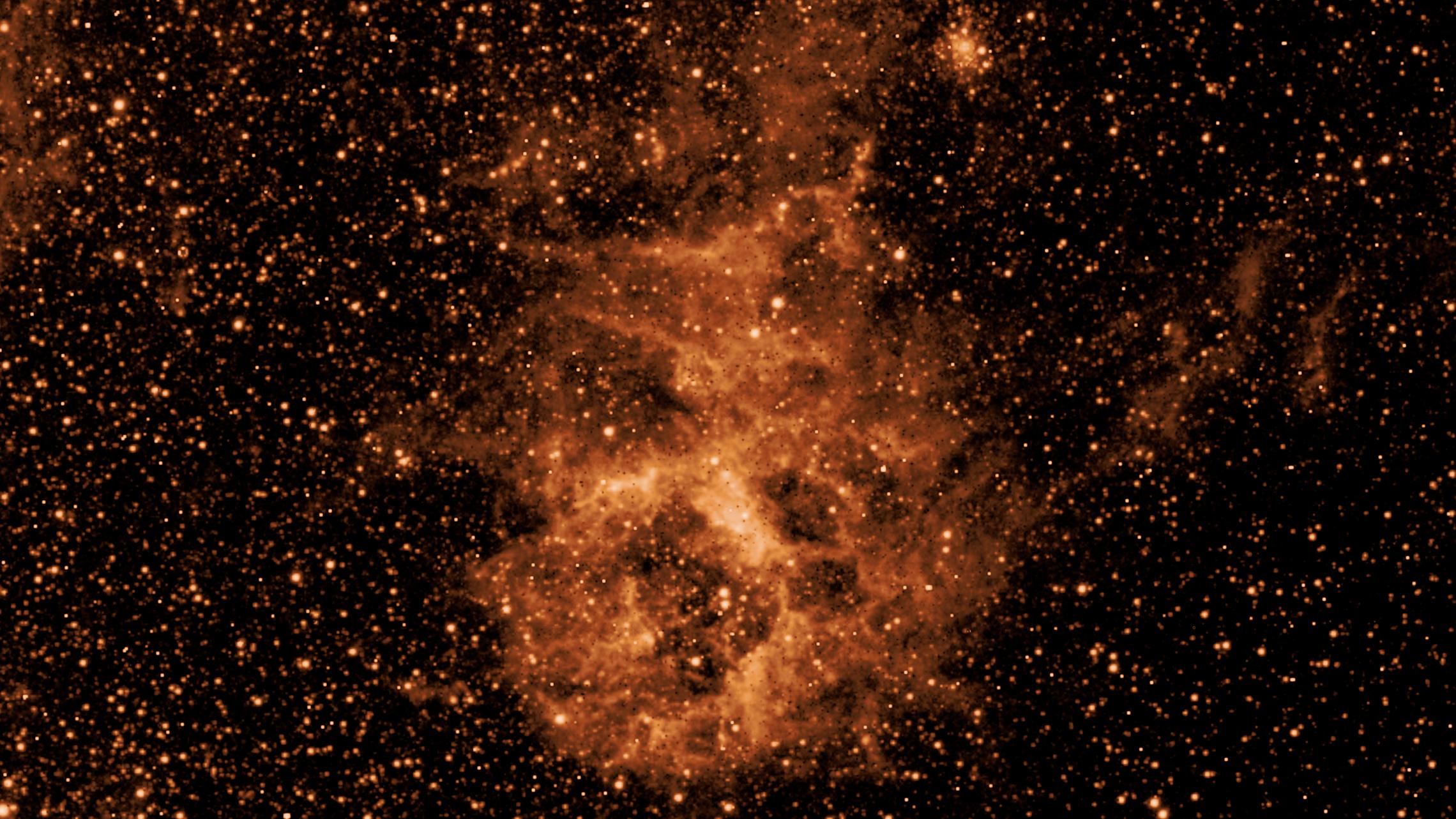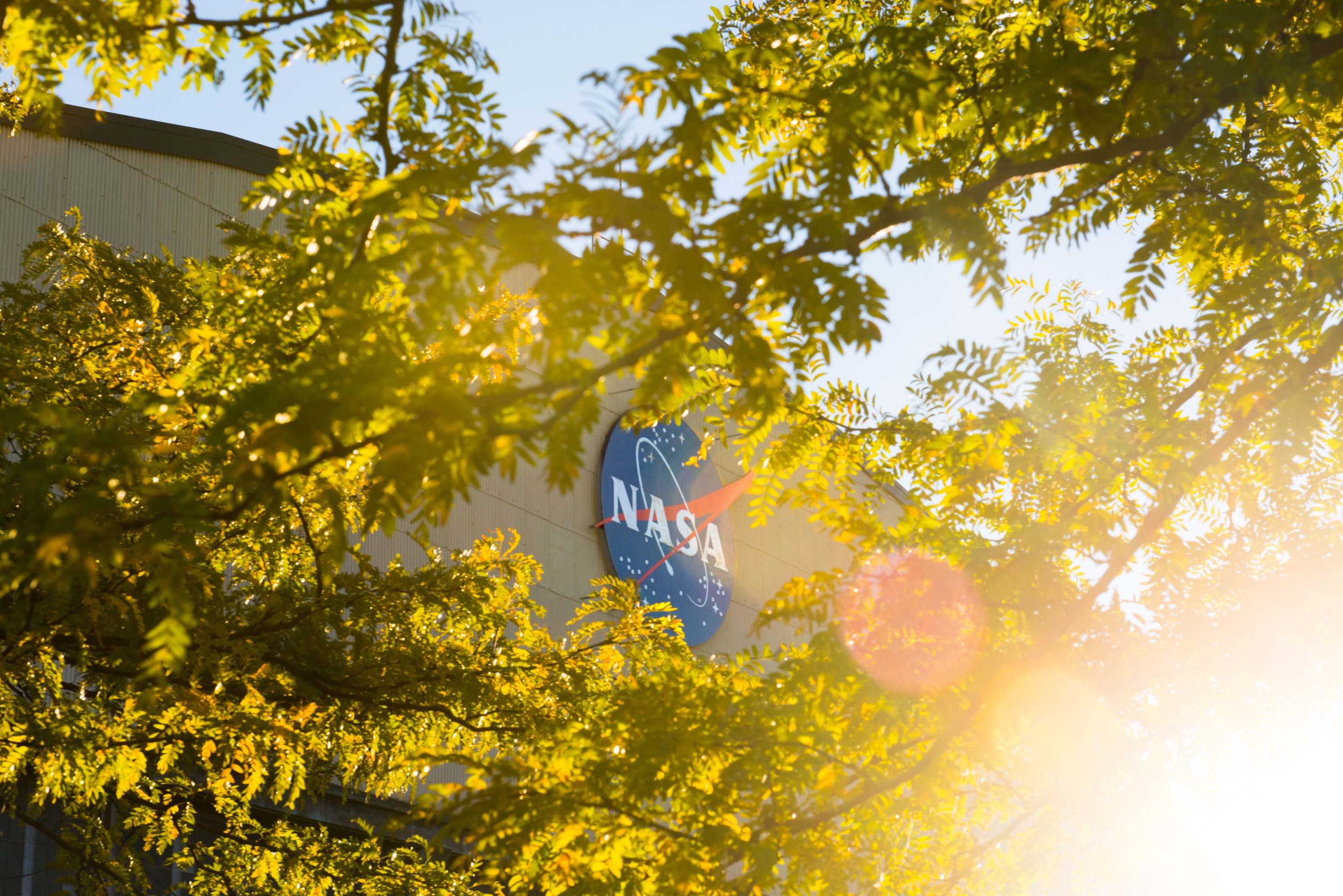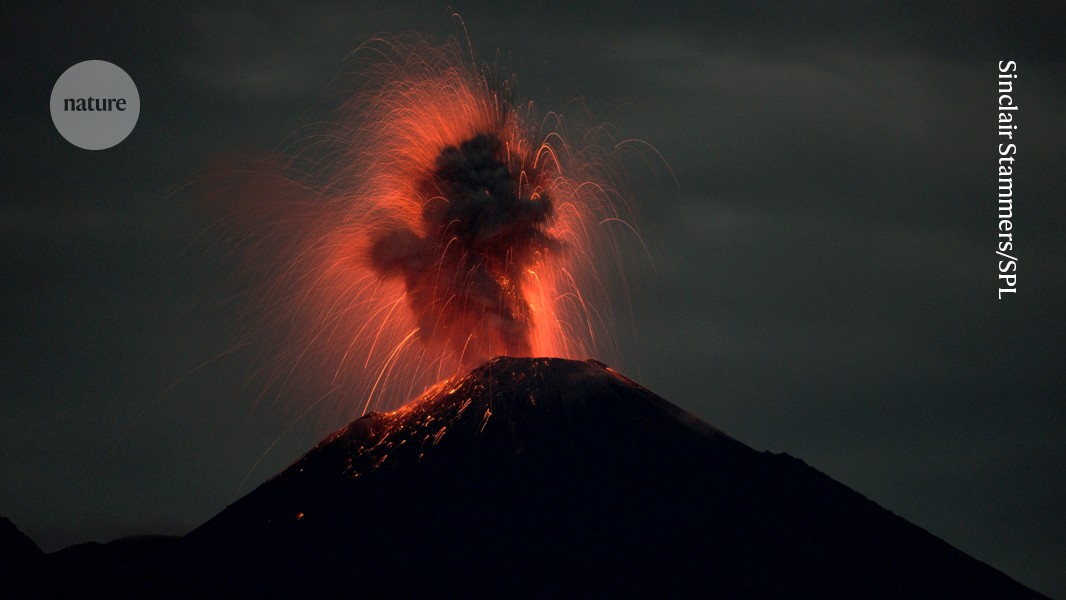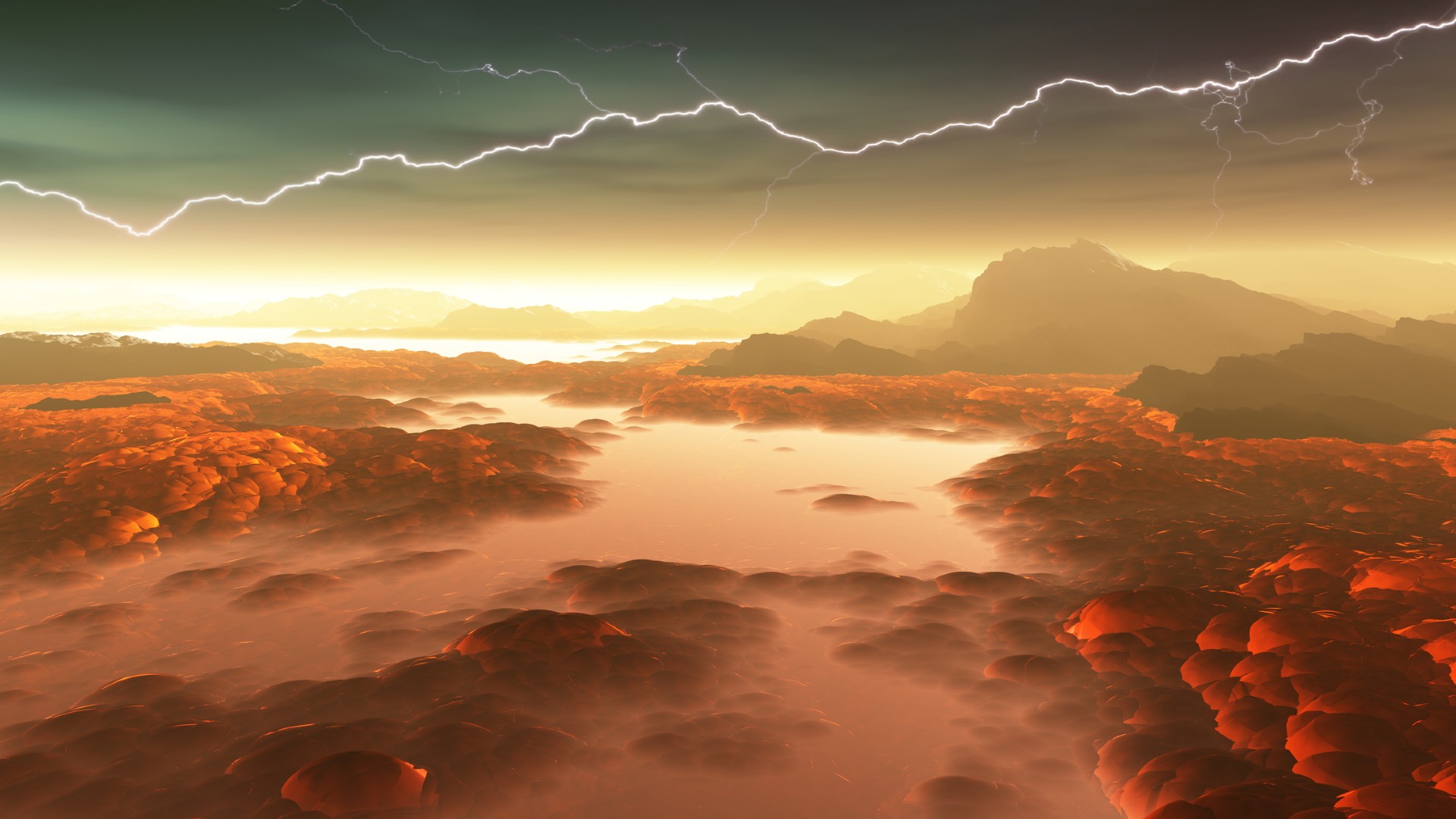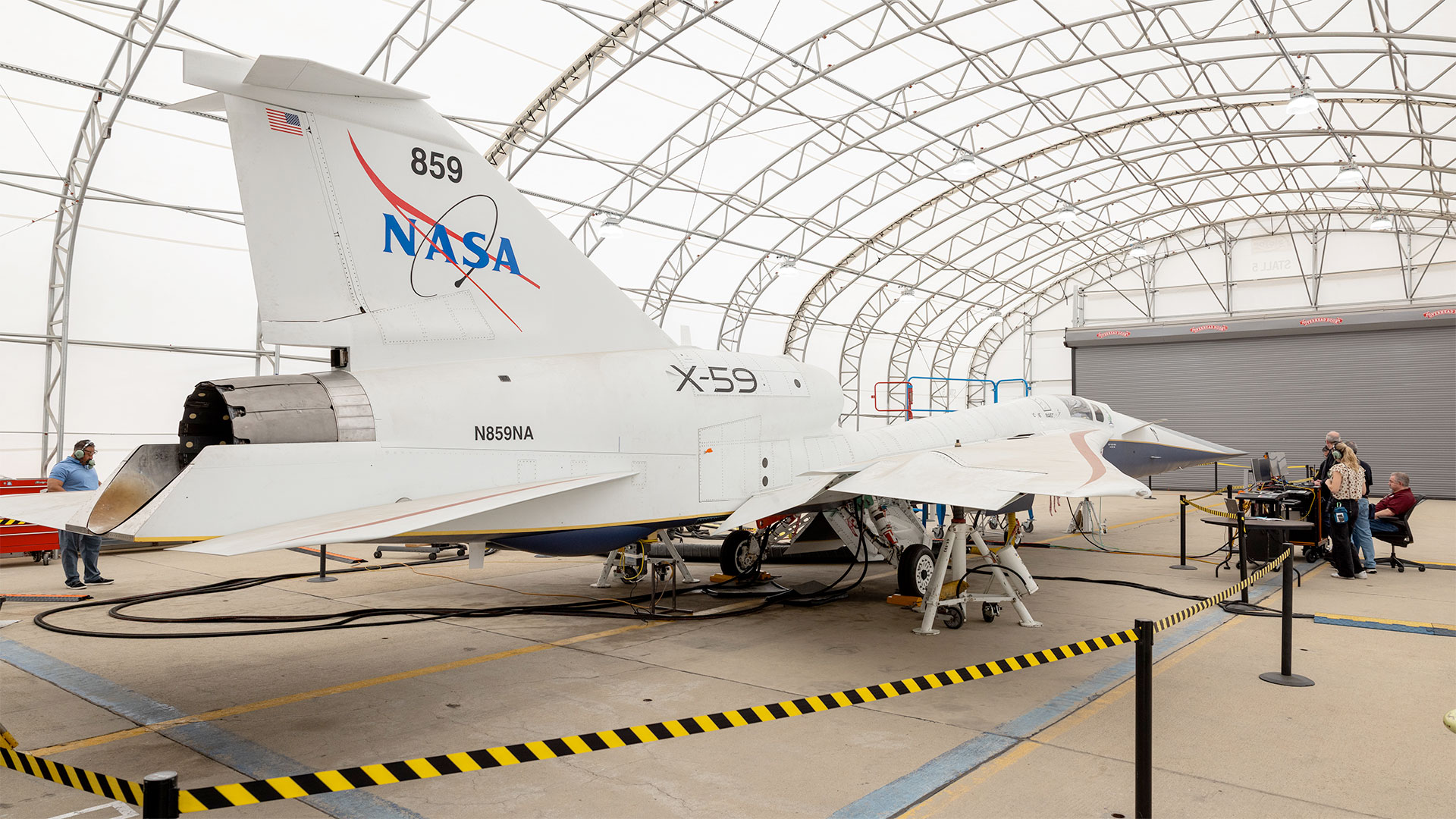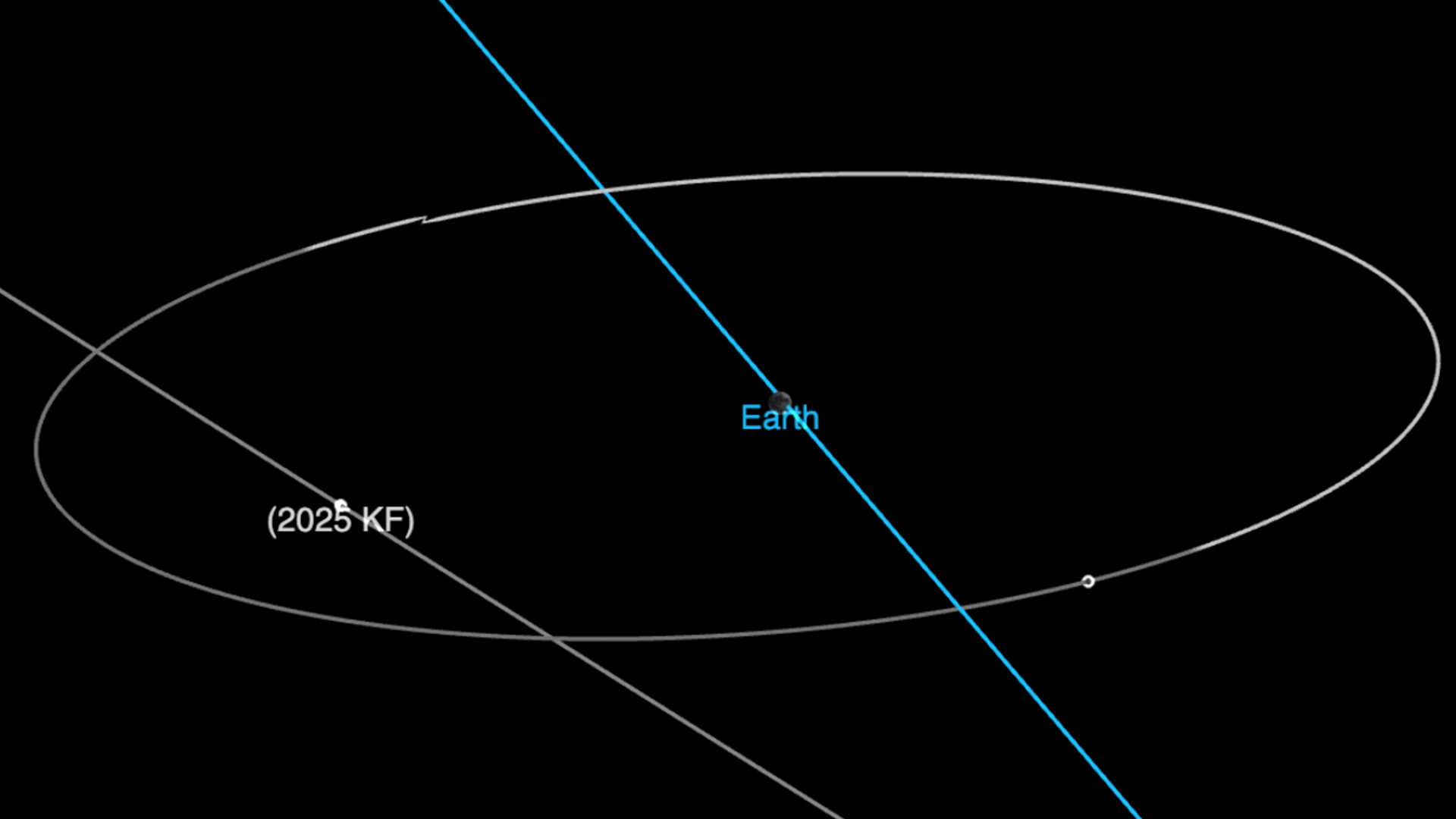Jupiter was once twice as large as it is today
Examining the gas giant's primordial stages is key to understanding our solar system's evolution. The post Jupiter was once twice as large as it is today appeared first on Popular Science.

One of Jupiter’s most recognizable attributes is its sheer size. With a diameter over 88,800 miles, our solar system’s largest planet is 11 times as wide as Earth and twice as massive as all its sibling planets combined. But according to recent calculations based on some of the gas giant’s tiniest moons, astronomers now believe Jupiter was once more than double its current size, with a magnetic field 50 times as strong. These gargantuan dimensions aren’t only impressive—they played a major role in shaping our solar system as it exists today. The new findings are detailed in a study published on May 20 in the journal Nature Astronomy.
To better understand Jupiter’s primordial stages, researchers turned to the tiniest of the planet’s 92 known moons. Almathea and Thebe respectively circle Jupiter at slightly tilted orbits roughly 112,400 and 138,000 miles above the planet’s cloudtops.
By analyzing the dynamics of these orbital discrepancies along with the planet’s conservation of angular momentum, the team could estimate its radius and interior state at about 3.8 million years after the solar system formed its first solids. At that time, the sun was surrounded by a disk of material known as a protoplanetary nebula that was gradually dissipating as it coalesced into the planets we know and love. Based on their calculations, researchers believe early Jupiter was 2 to 2.5 times larger than it is today with a much more powerful magnetic field.
“It’s astonishing that even after 4.5 billion years, enough clues remain to let us reconstruct Jupiter’s physical state at the dawn of its existence,” said Fred Adams, one of the study’s co-authors and a University of Michigan professor of physics and astronomy.
By focusing on the directly measurable information from Jupiter’s moons and the conservation of its angular momentum, the team was able to sidestep many of the common uncertainties that plague planetary formation models. These often require astronomers to make assumptions about variables like gas opacity, accretion rate, and heavy element core mass.
According to the team, their new calculations enhance more than experts’ understanding of Jupiter. These factors can be applied to the evolution of other giant planets as they circle stars. They also suggest that gas giants generally form through core accretion–or when a gas rapidly gathers around a core of ice and rock.
“Our ultimate goal is to understand where we come from, and pinning down the early phases of planet formation is essential to solving the puzzle,” said Konstantin Batygin, a Caltech planetary science professor and study co-author. “This brings us closer to understanding how not only Jupiter but the entire solar system took shape.”
The post Jupiter was once twice as large as it is today appeared first on Popular Science.

































